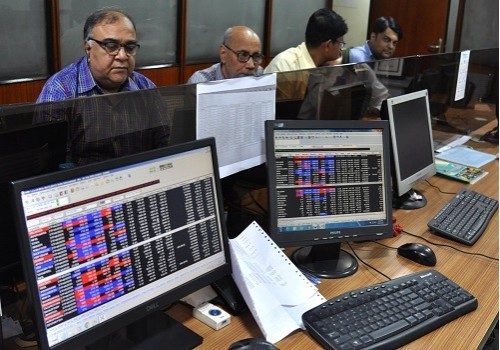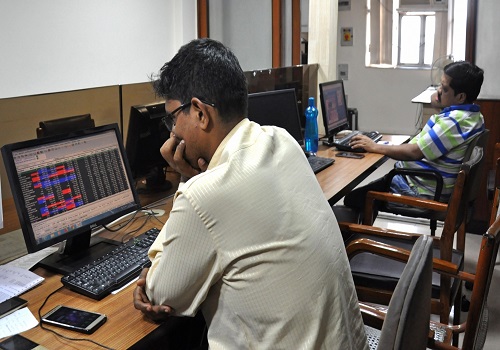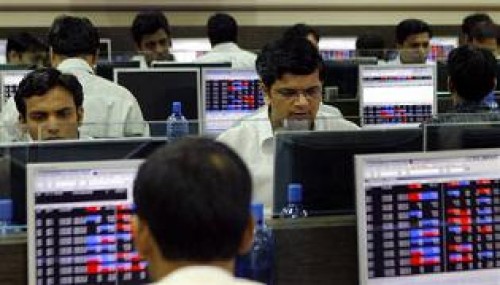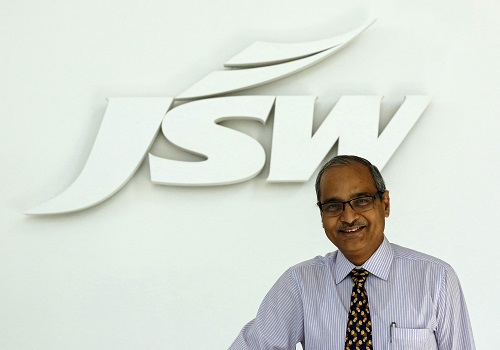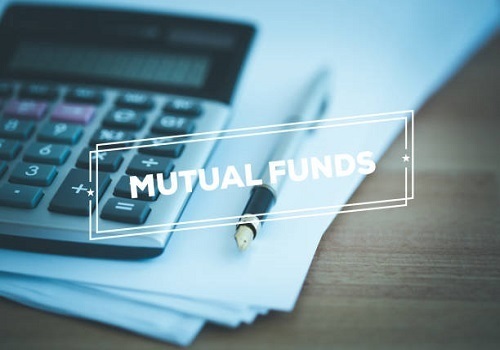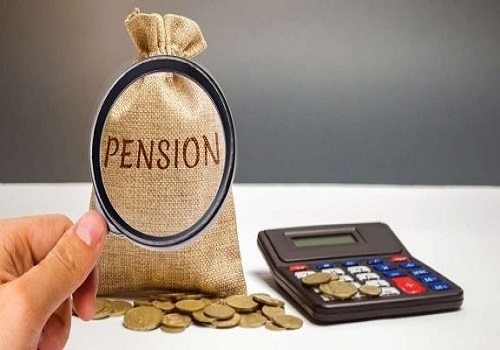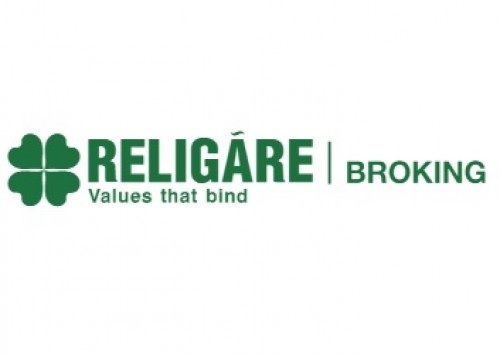Benchmarks manage to end Monday`s session marginally in green
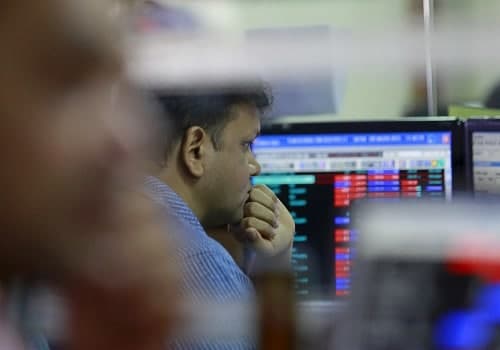
Follow us Now on Telegram ! Get daily 10 - 12 important updates on Business, Finance and Investment. Join our Telegram Channel
Indian equity benchmarks erased most of their initial gains but managed to end Monday’s session marginally in green, despite not-so-encouraging cues from the global market. After making cautious start, markets gained some traction, as traders got some support with Commerce and Industry Minister Piyush Goyal’s statement that the country’s exports are growing at a healthy rate and now exporters can aim for $450-500 billion of outbound shipments during the next fiscal year. He added exports have touched $197 billion during April-September this fiscal. Traders also found some support by World Bank’s report that buoyed by an increase in public investment and incentives to boost manufacturing, India's economy is expected to grow by 8.3 per cent in the fiscal year 2021-22. Buying further crept in with RBI Governor Shaktikanta Das’ statement that the RBI is looking for growth signs to become entrenched and show signs of durability and closely 'watchful' of evolving dynamics. He said the RBI is studying developments around inflation and growth that are dynamic and are evolving. Additional optimism also came in as foreign portfolio investors (FPIs) remained net buyers to the tune of Rs 1,997 crore so far in October as India continues to be a competitive investment destination from a long-term perspective.
However, last hour profit-booking in index heavyweights including TCS, Tech Mahindra, Infosys and HCL Technologies pulled back the indices from day's high. Some cautiousness came in as former Reserve Bank Governor C Rangarajan said India becoming a $5 trillion economy by 2025 is impossible under the current circumstance and the country needs to grow at nine per cent per annum for the next five years in order to achieve that. Some anxiety also came with latest RBI data showing that Industrial loan growth, which has been decelerating during the last decade, turned negative for the first time during 2020-21 as economic activity slowed down in the aftermath of the COVID-19 pandemic. Meanwhile, in order to make retail market more competitive and boost economic growth, Union Minister for Road Transport and Highways Nitin Gadkari has emphasized on reduction of logistic costs below 10%. He further said that the government is focusing on integrated infrastructure development through the announcement of the National Infra Pipeline and Gati-Shakti programs.
On the global front, Asian markets ended mostly higher on Monday even as a soft U.S. jobs report did little to allay fears that the Federal Reserve will begin tapering its massive bond purchases as early as next month. U.S. non-farm payroll employment rose by 194,000 jobs in September after climbing by an upwardly revised 366,000 jobs in August. The unemployment rate fell to 4.8 percent in September from 5.2 percent in August due to a decrease in the size of the labor force, reflecting lingering labor supply constraints. European markets were trading mostly in red amid concerns about inflation and higher interest rates. Traders also awaited cues from the upcoming earnings season to assess the impact of supply chain disruptions and rising costs. Back home, on the sectoral front, fertilizer industry stocks were in focus after Fertiliser Minister Mansukh Mandaviya directed all manufacturers not to increase retail prices of DAP and other phosphatic fertilisers as part of the government’s efforts to ensure the availability of crop nutrients at affordable prices during the ongoing Rabi season. Power stocks too were in action as power ministry data showed that Power consumption dipped by nearly 2 per cent or by 72 million units (MU) to 3,828 MU on Saturday compared to 3,900 MU on Friday, showing slight improvement in supply situation across the country amid coal shortage crisis.
Finally, the BSE Sensex rose 76.72 points or 0.13% to 60,135.78 and the CNX Nifty was up by 50.75 points or 0.28% to 17,945.95.
The BSE Sensex touched high and low of 60,476.13 and 59,811.42, respectively and there were 20 stocks advancing against 10 stocks declining on the index.
The broader indices ended in green; the BSE Mid cap index rose 0.55%, while Small cap index was up by 0.60%.
The top gaining sectoral indices on the BSE were Utilities up by 2.80%, Power up by 2.63%, Auto up by 2.51%, Metal up by 1.77% and PSU up by 1.74%, while IT down by 2.87%, TECK down by 2.65%, Telecom down by 0.82%, Energy down by 0.16% were the losing indices on BSE.
The top gainers on the Sensex were Maruti Suzuki up by 3.66%, Power Grid Corporation up by 3.09%, ITC up by 2.74%, NTPC up by 2.62% and SBI up by 2.51%. On the flip side, TCS down by 6.32%, Tech Mahindra down by 2.76%, Infosys down by 1.83%, HCL Technologies down by 1.50% and Reliance Industries down by 0.74% were the top losers.
Meanwhile, World Bank in its latest report South Asia Economic Focus titled ‘Shifting Gears: Digitization and Services-Led Development’ has said that India’s economy is expected to grow by 8.3 per cent in the fiscal year 2021-22, buoyed by an increase in public investment and incentives to boost manufacturing, though it is less than the previous projection early this year before the country was hit by the second wave of the COVID-19 pandemic. World Bank Chief Economist for the South Asia Region Hans Timmer said that when one looks at the high frequency data, they see that as a result of the second wave of the COVID-19 pandemic, the recovery paused, and some indicate that the recovery actually declined briefly.
He said ‘we project for this fiscal year 8.3 per cent (growth rate for Indian economy) that is less than we projected early in the year before the health crisis caused by the second wave.’ He added ‘Given the sharp contraction of the economy last year, it might not look like a lot, but in my view, that is actually very positive news, given the violent second wave and the severity of the health crisis’. According to Timmer, what is remarkable and what is the positive part of that number is that the pause was short lived, and the hit on the economy was by far enough, not even comparable as large as a year earlier. He noted ‘That’s how we ended up with 8.3 per cent growth’.
Timmer said that mitigated some of the impacts on the vulnerable parts of India. It is time now to shift gears and to start focusing on medium-term growth, and added that India has already done some reforms during the crisis that go in that direction. Observing that labour reforms and agricultural reforms are still debated at the moment, he said that they are going in a direction that the Bank thinks is necessary. He said it is opening up parts of the economy, where there was unutilised potential. Timmer said that he is especially very interested in the labour reforms that attempt to create funds to set up social protection systems, not just for the people in the formal sector, but also for informal workers and for migrant workers.
One of the main focuses of the latest World Bank report is to unleash the potential of the services sector where it is possible to make services the driver of development in India, and there is still an unfinished agenda, because the current formal services sector is still very regulated, and very protected to international competition. Meanwhile, the report projects the South Asia region to grow by 7.1 per cent in 2021 and 2022.
The CNX Nifty traded in a range of 18,041.95 and 17,839.10 and there were 34 stocks advancing against 16 stocks declining on the index.
The top gainers on Nifty were Tata Motors up by 9.10%, Coal India up by 4.35%, Maruti Suzuki up by 3.36%, Power Grid Corporation up by 3.28% and Grasim Industries up by 3.24%. On the flip side, TCS down by 6.29%, Tech Mahindra down by 2.69%, Infosys down by 1.79%, HCL Technologies down by 1.35% and Britannia Industries down by 1.22% were the top losers.
European markets were trading mostly in red; France’s CAC decreased 4.91 points or 0.07% to 6,555.08 and Germany’s DAX decreased 25.26 points or 0.17% to 15,180.87, while UK’s FTSE 100 increased 23.98 points or 0.34% to 7,119.53.
Asian markets ended mostly higher on Monday, even as dismal US jobs report with employers adding just 194,000 jobs last month against forecast of 500,000 jobs fuelled fears that the US central bank will begin tapering its massive bond purchases as early as next month. While, the US unemployment rate dropped to 4.8% better than the market expectations of 5.1%. Japanese shares gained as a weakening yen boosted exporters, while new corona-virus infections in the country fell to 553 on Sunday the lowest in almost a year added to economic reopening hopes. However, Chinese shares declined marginally after China's State Administration for Market Regulation (SAMR), China's top market regulator said it had fined food delivery giant Meituan with a 3.44 billion yuan ($534.3 million) fine for abusing its dominant position. Meanwhile, the South Korean market was closed for Hangul Day holiday and Taiwan market was closed for Double Tenth Day Celebration.
Above views are of the author and not of the website kindly read disclaimer

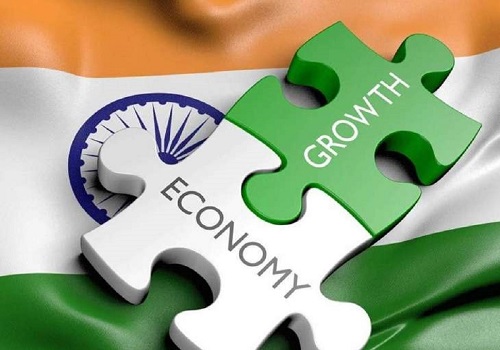




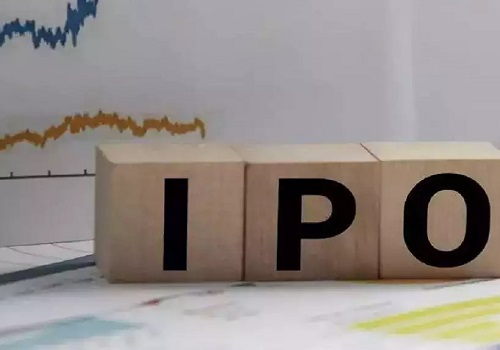



Tag News

Weekly Market Analysis : Markets strengthened recovery and gained nearly 2% in the passing w...
